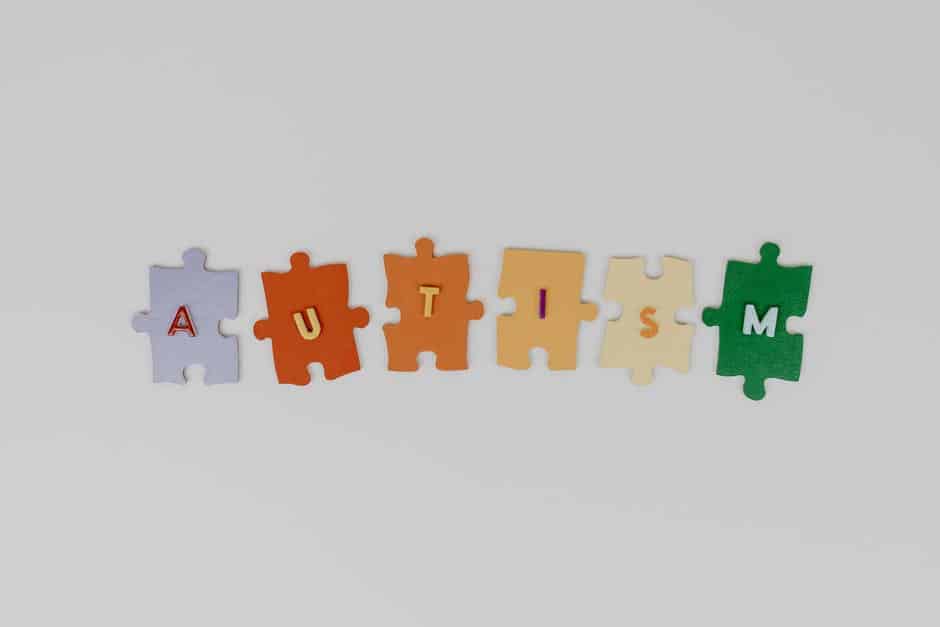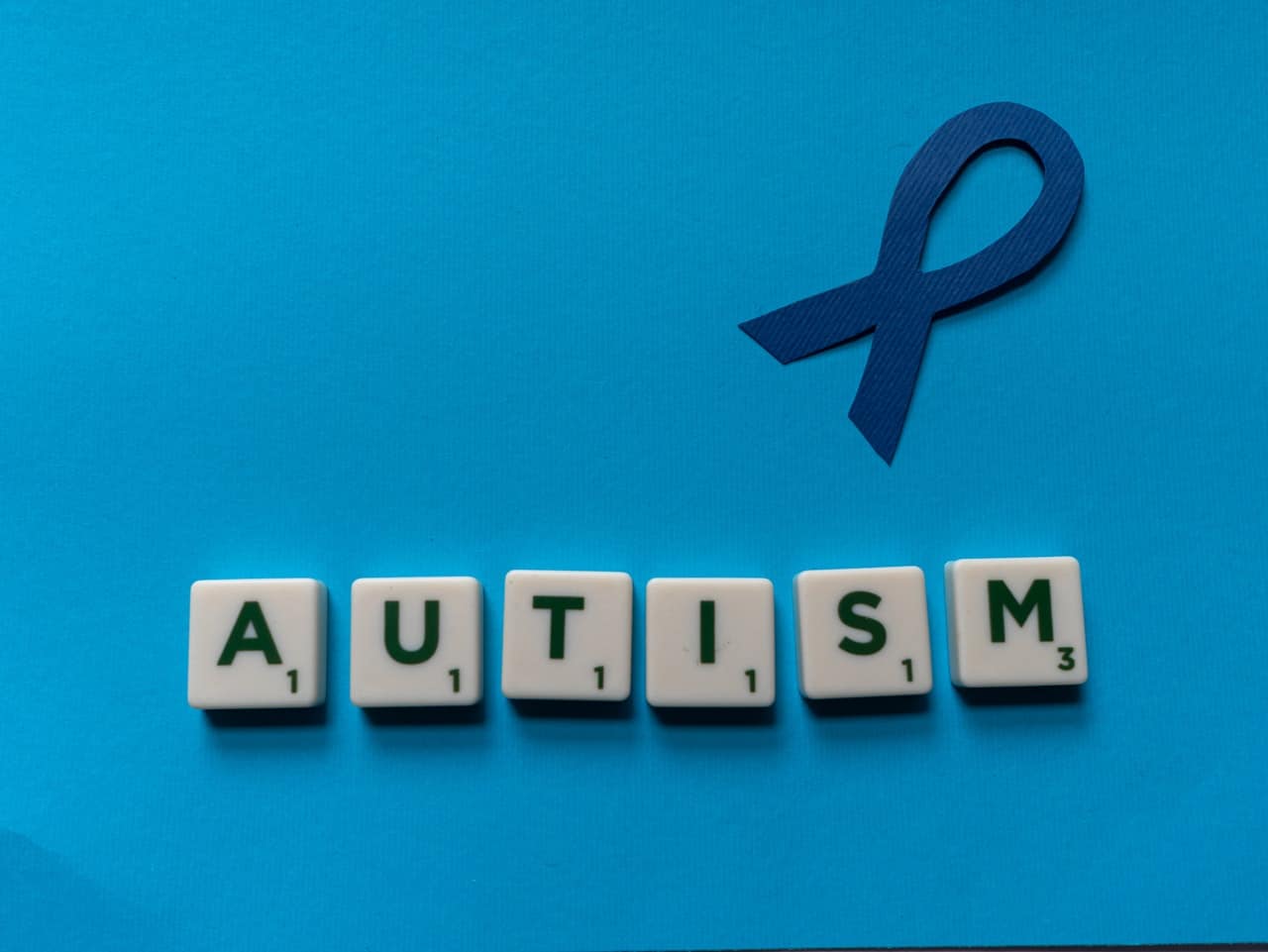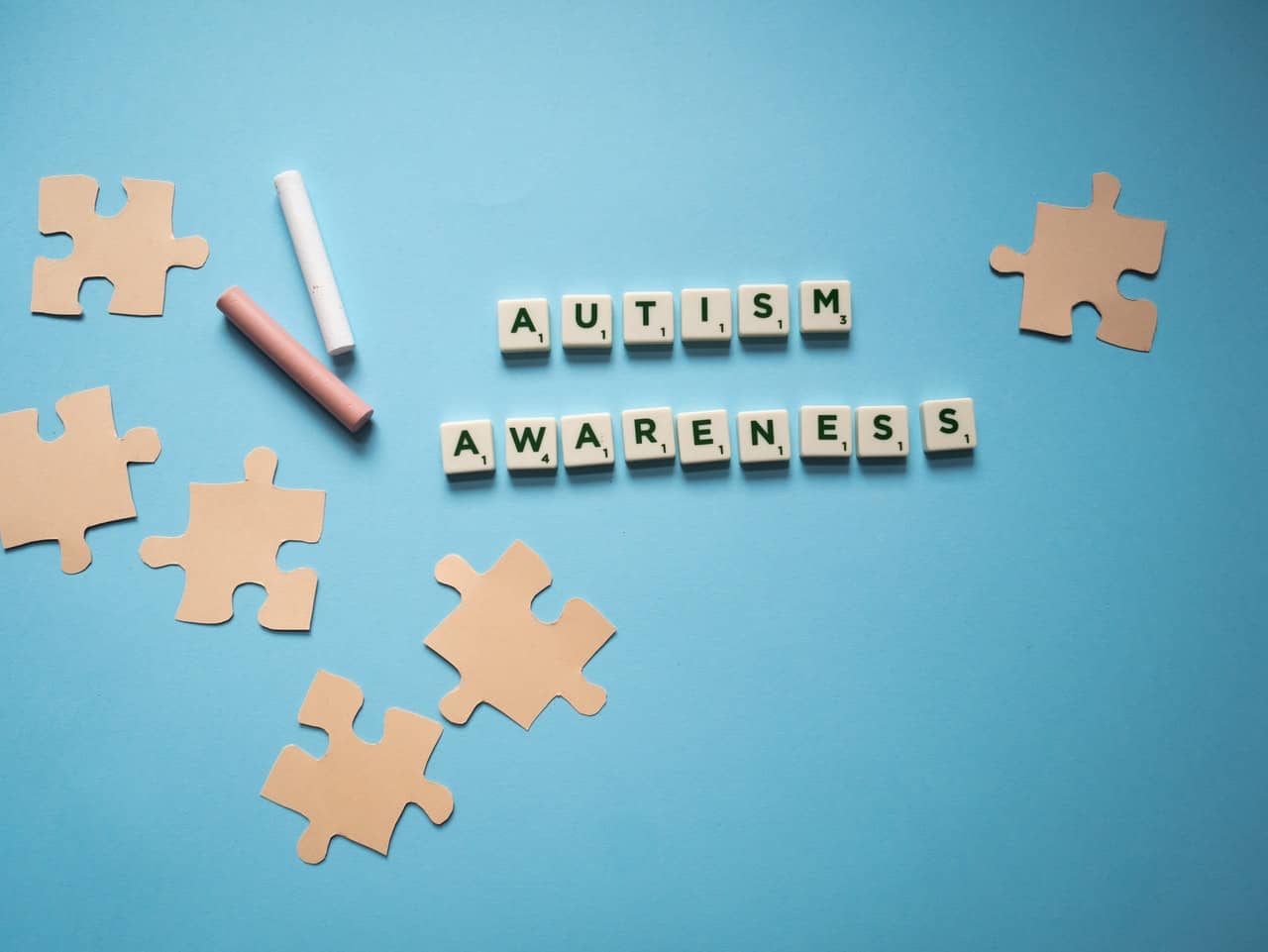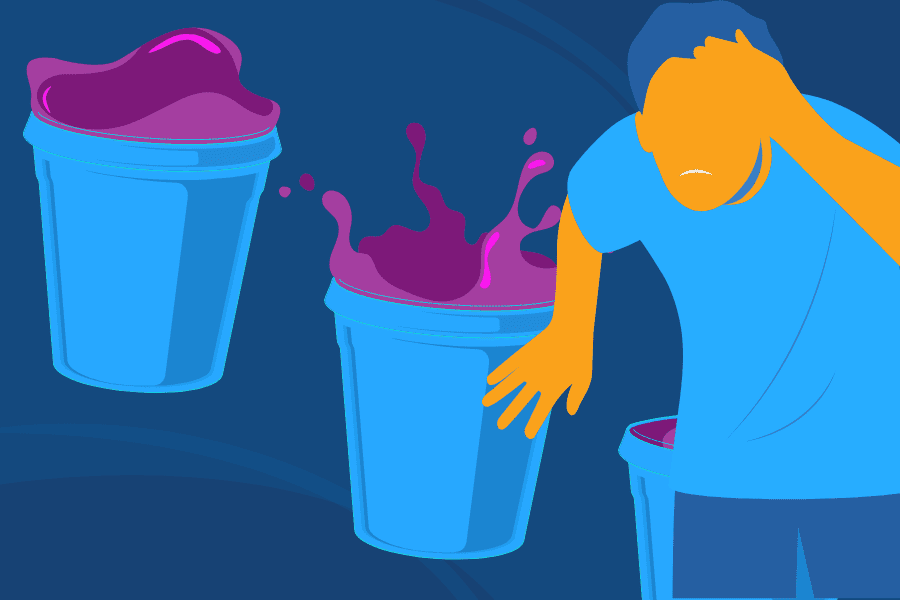Table of Contents
- What Is Autism Spectrum Disorder (ASD)?
- What Are The Symptoms Of Autism?
- What Causes Autism Spectrum Disorder?
- What Is The Average Age Of Diagnosis For Autism?
- What Are The Signs Of Addiction In Young Adults With ASD?
- What Is The Connection Between Autism And Substance Abuse?
- Does Medical Marijuana Treat Autism Spectrum Disorder?
- Why Do People With Autism Struggle With Addiction Treatment?
What Is Autism Spectrum Disorder (ASD)?
The Centers for Disease Control and Prevention (CDC) defines autism spectrum disorder (ASD) as “a developmental disability that can cause significant social, communication and behavioral challenges.”
ASD includes some disorders that were once diagnosed as separate disorders. These disorders include Asperger syndrome, pervasive developmental disorder not otherwise specified (PDD-NOS), and autistic disorder.
The American Psychiatric Association (APA) has published this update in the latest edition of the Diagnostic and Statistical Manual of Mental Disorders (DSM). The new diagnosis has helped broaden treatment options for more people with autism.
Autism spectrum disorder now combines these disorders on a spectrum from low- to high-functioning.
Some people with ASD have severe impairments, including the inability to communicate verbally. They might be unable to live on their own without support from health care providers, from direct care staff to professional clinicians.
However, people with high-functioning ASD can live on their own and might not know they have ASD. While they can still struggle with social skills, impulse control, and compulsive behaviors, they might blend in with the general population and lack support for their disorder.
The prevalence of ASD is about “1 in 44 children . . . according to estimates from CDC’s Autism and Developmental Disabilities Monitoring (ADDM) Network.”
In addition, “ASD is reported to occur in all racial, ethnic, and socioeconomic groups” and “is more than 4 times more common among boys than among girls.”
About 1 in 6 children aged 3-17 were diagnosed with a developmental disability from 2009-2017. Aside from autism, developmental disabilities include attention-deficit/hyperactivity disorder (ADHD), cerebral palsy, blindness, and others.
Young adults with autism spectrum disorder are more likely to use drugs or alcohol as coping mechanisms than the general population.
It is crucial for parents and loved ones to understand symptoms and why they contribute to substance use disorders (SUD). Finding dual diagnosis treatment for both SUD and ASD provides the best outcomes for recovery.
What Are The Symptoms Of Autism?
ASD has behavioral, cognitive, and social symptoms that set it apart from other developmental disabilities.
Those with ASD could have psychiatric comorbidity, like anxiety, aggression, ADHD, self-harm, and obsessive-compulsive disorder (OCD). Sometimes, these are traits of autism or a sign of a co-occurring disorder.
Common signs and symptoms of ASD include:
- Repetitive and restricted behaviors
- Repeating words, phrases, or other vocalizations
- Difficulty transitioning from one activity to the next
- Trouble coping with changes to routine
- “Stimming” behaviors, like hand-flapping, spinning, or rocking
- Limited or unusual interests
- Narrowed interests in only a few subject areas
- Specific interests that can seem obsessive
- Focus on particular aspects of objects or pictures
- Social skill deficits
- Difficulty in social situations
- Inappropriate social behaviors or emotional reactions
- Flat affect or emotionless expressions
- Avoiding eye contact
- Trouble expressing or understanding emotions
- Difficulty empathizing with others
- Other symptoms
- Intense anxiety or worry
- Overstimulation or other sensory issues
- Unusual appetite or sleeping habits
- Hyperactive and impulsive
- Gastrointestinal issues
- Delays in language, cognition, learning, and movement
- Epilepsy or seizure disorders commonly co-occur with ASD
Since ASD is a spectral disorder, these symptoms can occur with a range of severity and impairment. Some people with ASD might not struggle with eye contact or other social skills, while others are severely impaired in these areas.
Additionally, some people with autism thrive in some areas where others struggle. Each person with ASD experiences their symptoms uniquely.
What Causes Autism Spectrum Disorder?
ASD has unclear causes due to the range of symptoms; however, some risk factors for developing this disorder include:
- Gender: Boys are more likely to have ASD than girls.
- Family history: If you have a close family member or relative with ASD, you have a greater chance of ASD or displaying autistic behaviors (even if you don’t have a diagnosis of ASD).
- Premature birth: Babies born before their due dates could be more likely to develop ASD.
- Parents’ age at birth: There might be a connection between ASD and older parents; however, more research is needed to conclude that this is a risk factor.
- Co-occurring health conditions: Some medical conditions might be a risk factor for co-occurring ASD, like fragile X syndrome, tuberous sclerosis, and Rett syndrome.
It is important to note that vaccines or ingredients in vaccines are NOT linked with developing autism, as stated by the CDC and other agencies.
What Is The Average Age Of Diagnosis For Autism?
According to data from the 2016 National Survey of Children’s Health (NSCH), “the average age of diagnosis was 4.9 years old.”
Many parents of children with ASD might have noticed symptoms earlier than that. Early interventions are critical for the best outcomes in those with ASD and other developmental disabilities.
In addition, due to the spectral nature of symptoms, some people might have undiagnosed ASD. For those with high-functioning ASD, their symptoms can go unnoticed or be misdiagnosed.
Autism was often associated with intellectual disabilities. However, as more research and understanding became clear, people with ASD can have a range of intelligence, from severe impairments to above-average.
People with high-functioning ASD are at a higher risk of developing a substance use disorder than the general population.
A study conducted in Sweden published in the Journal of Autism and Developmental Disorders “suggests that individuals with ASD have higher risk of substance use-related problems than population controls [people without ASD].”
The study further states that “substance use-related problems have been observed among 19-30%” of patients with autism in clinical settings. While among the general population in the US, about 10% of people have a substance use disorder at some point in life.
In other words, young adults with ASD are about twice as likely to have an alcohol or drug use disorder than their peers.
Those with co-occurring ADHD and autism are at an even higher risk of addiction and substance abuse. Alcohol and drug use could be a maladaptive coping mechanism for anxiety, overstimulation, or social skill deficits.
Young adults could mask their symptoms of autism with alcohol and drug use. They might not get the help they need because people with autism face unique challenges to addiction treatment compared to others.
What Are The Signs Of Addiction In Young Adults With ASD?
Alcohol and drug addiction in young adults with ASD could look similar to the signs of addiction among the general population.
Autism and addiction are usually not believed to co-occur. Since those with low-functioning ASD also have an intellectual disability, they might not have access to drugs or alcohol. They might have caregivers and intense supervision preventing them from trying any substances.
Yet, the risk of substance abuse among those with high-functioning ASD is higher than the general population. Young adults with high-functioning autism can face similar stressors as their peers, yet their disorder creates unique challenges to growing up.
Coping and self-medication with substances can cause behavioral changes in those with ASD, like:
- Reckless behaviors, like drunk driving or unprotected sex
- Irritability and agitation
- Change in friend groups
- Decline in performance at school or work
- Mood swings
- Increased hyperactivity (from stimulants, like cocaine and meth)
- Fatigue and low energy
- Change in eating or sleeping habits
- Bloodshot eyes
- More intense feelings of anxiety or paranoia
- Secretive behaviors
- Unusual odors on their person or in their rooms
- Behavioral outbursts
These signs of alcohol and drug use might be challenging to identify in those with ASD. Some of these symptoms could be due to autism. For example, anxiety and behavioral outbursts are common among those with autism.
Overall, you want to look for changes in your loved one’s normal behaviors combined with physical evidence, like drug paraphernalia or empty bottles of alcohol.
Young adults with autism are vulnerable to mood swings and stressors, much like their peers. They might struggle to cope with life changes even more than their peers, especially with social situations and changes to daily routines.
These changes could result in an increase in autistic behaviors, like intense anxiety and outbursts. When young adults do not have adequate coping skills, they might reach to drug or alcohol use to self-medicate.
Some biological and social connections exist between autism and substance abuse. These connections might explain the increased risk of substance abuse among young adults with autism.
What Is The Connection Between Autism And Substance Abuse?
There are neurological, behavioral, and social connections between autism, substance abuse, and “drug culture.”
There are some parallels among those with autism and substance use disorders. Due to these shared traits, young adults with autism could use substances to self-medicate for their symptoms of autism.
One study from The British Journal of Pharmacology available in PubMed shows that opioid receptors can play a part in forming social bonds. Opioids are part of the brain’s chemical reward system, which helps you learn new skills, regulate emotions, and control behaviors.
Some opioid receptors help modulate social behaviors in humans, suggesting that social skill deficits in people with autism could be due to deficiencies in opioid signaling in the brain.
People with an opioid use disorder could have similar deficiencies as those with ASD. In other words, a person with an opioid addiction could have autistic traits or an undiagnosed disorder leading them to abuse drugs to feel the positive effects of connection.
Those with substance use disorders and ASD also share behavioral traits that could lead to maladaptive coping skills, like alcohol and drug abuse.
Self-medicating with drug and alcohol abuse is a compulsive behavior that can be due to a lack of impulse control. Two main symptoms of autism are compulsive or repetitive behaviors and challenges to control impulsivity.
Alcohol and drug use usually follow ritualistic patterns of behavior, which mimic autistic behaviors. Young adults using drugs or alcohol might have cravings before their usual time of using. For example, drinking alcohol as a way to end the workday could be a ritual.
Much like those with ASD and compulsivity, when a person addicted to drugs or alcohol does not engage in compulsive addiction behaviors, they can exhibit intense anxiety, outbursts, distress, or irritability until they get their “fix.”
For those with ASD and co-occurring ADHD, impulse control is a primary symptom of both disorders.
People with ASD and substance use disorders also share struggles with impulse control. When you also have ADHD, you can have even greater difficulty in this area. Those with ADHD and autism are much more prone to substance abuse than those with ASD alone.
“Drug culture” could also be an accepting place for young adults with ASD.
Since people with autism exhibit unusual or strange behaviors, they might feel more accepted among those who abuse drugs and alcohol. While under the influence or “high,” autistic behaviors might not stand out as much to others.
While spending time with others who are under the influence, young adults on the spectrum might feel relieved that they do not need to disguise their social skill deficits. They could feel accepted in a way that they are not among the general population.
People with social anxiety are also susceptible to drug and alcohol abuse to deal with social situations.
Drug and alcohol use could be a way to cope with difficulty in social settings. Like those with social anxiety and substance use disorders, young adults with autism might use drugs and alcohol to lessen their fear or awkwardness during social situations.
Due to these connections between substance abuse and autism, young adults on the spectrum might be more likely to abuse drugs and alcohol than their peers. Since those with autism display unusual behaviors, substance abuse can be overlooked among this group.
Does Medical Marijuana Treat Autism Spectrum Disorder?
The research on treating ASD with medical marijuana and other cannabis products is mixed and inconclusive.
Most research on cannabis in psychiatry is relatively new. Some studies also have flaws that could skew results, like a lack of control groups. It is difficult to know if medical marijuana creates a “placebo effect” or helps with symptoms of autism.
Adolescents are at an increased risk of developing issues related to cannabis use during crucial stages of brain development.
Some parents might look to cannabis as a way to find some relief for their child with autism. However, cannabis products, even those without psychoactive ingredients, can affect brain development in children, teens, and young adults.
The Food and Drug Administration (FDA) has approved a drug with an active ingredient derived from cannabis to treat seizures caused by a disorder called tuberous sclerosis complex (TSC).
Since around 50% of those with TSC also have autism, cannabis might be used to treat seizures for those with this psychiatric comorbidity. Cannabis-derived drugs might provide relief for those with seizures despite the risks.
If you or your loved one chooses to use cannabis to treat comorbidities and symptoms of autism, always talk with your health care provider about your options. It is best to consider the benefits and risks, especially since research on medical marijuana is mixed and new.
Why Do People With Autism Struggle With Addiction Treatment?
People with autism might have unique struggles to consider when seeking addiction treatment.
One of the most common and effective modes of substance abuse treatment is peer support groups, like Alcoholics or Narcotics Anonymous (AA and NA). While these groups are helpful, accessible, and free, they could be challenging for those with autism.
Social skills deficits and challenges with social situations make addiction treatment even more difficult for young adults with ASD.
Many peer support groups require group participation, which can be difficult for young adults on the spectrum. They might have a tough time expressing emotions and being vulnerable in front of others. Peers might think that those with ASD are not participating fully in the group.
In addition, most treatment centers have group therapy and activities, which again could be a barrier to those on the spectrum. They might become overstimulated in their groups or highly anxious, which could lead to them getting very little from treatment.
A dual diagnosis treatment program with options for plenty of one-on-one therapy can be great for those on the spectrum.
Substance abuse treatment is not “one size fits all.” If you or your loved one have ASD or similar autistic behaviors, you should consider a treatment program with multiple avenues for success. Many facilities can offer the one-on-one support that you need.
For a dual diagnosis of autism and co-occurring drug or alcohol use disorder, individual therapy can be a great way to learn to manage your symptoms.
Cognitive-behavioral therapy (CBT) can teach you new ways of thinking and behaving to learn to cope with your symptoms without using drugs and alcohol. During treatment, social skills and vocational training can also help you with your symptoms.
In addition, virtual intensive outpatient programs (IOP) can help you get treatment in the comfort of your own home for those who struggle to be in new places. These programs can minimize overstimulation and distraction so you can focus on your recovery.
Young adults at an increased risk of addiction due to autism can find treatment without barriers by seeking facilities that offer inclusive and diverse pathways to recovery.
Teens and young adults with autism are more likely to self-medicate with substance abuse. Sandstone Care is here to support teens and young adults with substance use and mental health disorders. Call (888) 850-1890.











